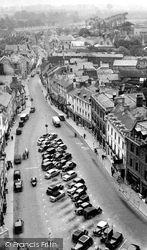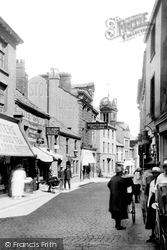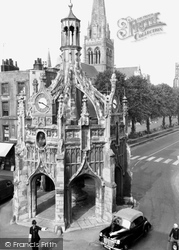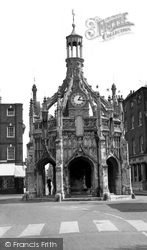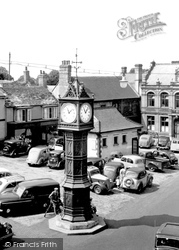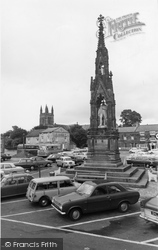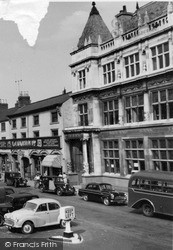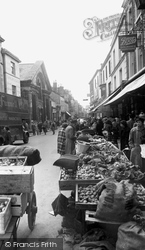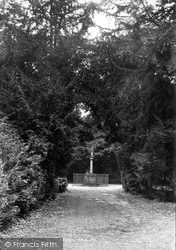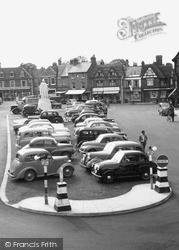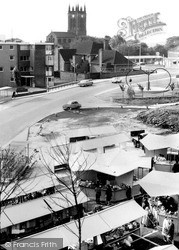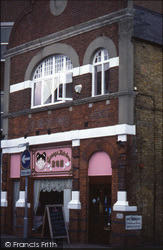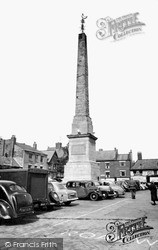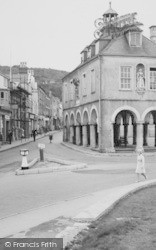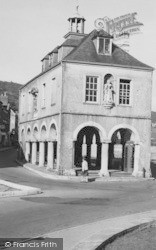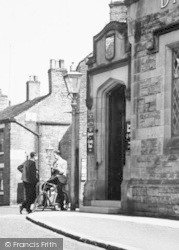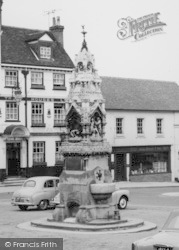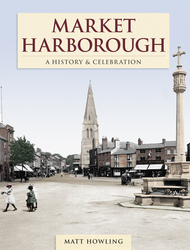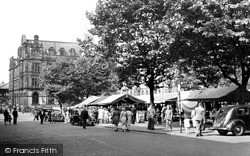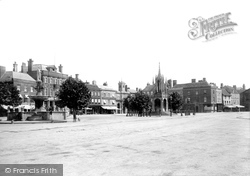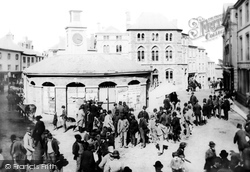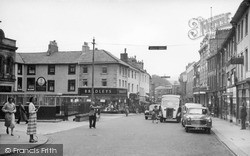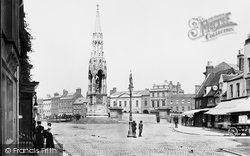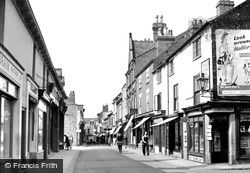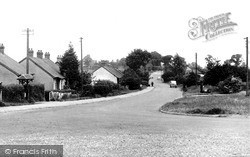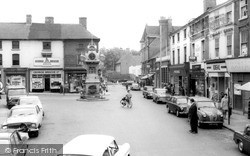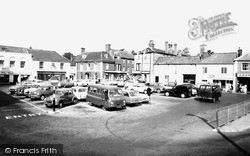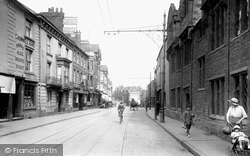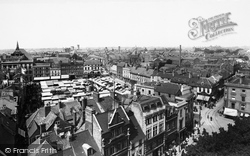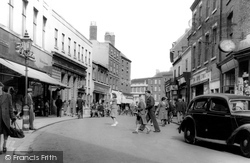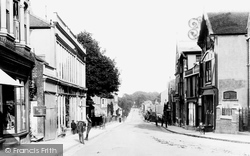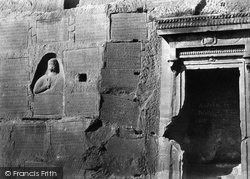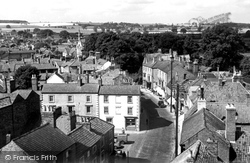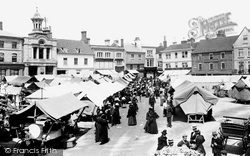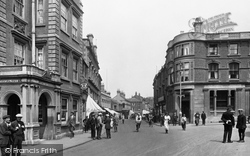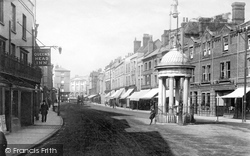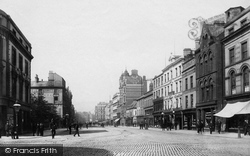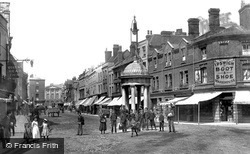Places
31 places found.
Those places high-lighted have photos. All locations may have maps, books and memories.
- Market Harborough, Leicestershire
- Market Drayton, Shropshire
- Wickham Market, Suffolk
- Market Deeping, Lincolnshire
- Market Rasen, Lincolnshire
- Downham Market, Norfolk
- Market Warsop, Nottinghamshire
- Market Weighton, Yorkshire
- Market Bosworth, Leicestershire
- Needham Market, Suffolk
- Thorpe Market, Norfolk
- Burnham Market, Norfolk
- Pulham Market, Norfolk
- Betton, Shropshire (near Market Drayton)
- Market Stainton, Lincolnshire
- Market Weston, Suffolk
- Elmstead Market, Essex
- Market Lavington, Wiltshire
- Market Overton, Leicestershire
- Soudley, Shropshire (near Market Drayton)
- Oakley, Staffordshire (near Market Drayton)
- Longford, Shropshire (near Market Drayton)
- Sutton, Shropshire (near Market Drayton)
- Blore, Staffordshire (near Market Drayton)
- Lightwood, Shropshire (near Market Drayton)
- Rosehill, Shropshire (near Market Drayton)
- Knighton, Staffordshire (near Market Drayton)
- Moor End, Yorkshire (near Market Weighton)
- Little London, Lincolnshire (near Market Rasen)
- Wacton Common, Norfolk (near Pulham Market)
- Friday Street, Suffolk (near Wickham Market)
Photos
704 photos found. Showing results 1 to 20.
Maps
Sorry, no maps were found that related to your search.
Memories
Sorry, no memories were found that related to your search.
Captions
21 captions found. Showing results 1 to 21.
Preston also had a covered market, so this busy scene could be the yearly Pot Market, which took place in the square for eight days.
This view shows the main features of the Market Place - the fountain, the Market Cross and the Market Hall. The Market Place is uncharacteristically empty.
The oval Butter Market was designed by George Wightwick, who simultaneously designed the Lower Market House, which still stands in Market Street and is now an arcade.
Here we see the Square outside the old town hall and part of Market Street. We can see the bus shelters on the left.
Whilst the High Street is a shadow of its former self, the Rose & Crown Hotel, located at the junction with the Market Place, is enjoying somewhat of a renaissance, with its current owners investing
The characteristics of a real country market town were being established. A handsome stone church was built, originally dedicated to St Peter and St Paul but later to All Saints.
In addition to the difficulty of travelling over bad roads in the 18th and 19th centuries, murderers and thieves abounded, and farmers coming home from market would travel together for protection
The ornate fountain and clock tower forms the centrepiece of the Market Place, but it looks as though Willenhall will soon have another attraction, the Zorba Grill—no doubt inspired by the film starring
In this view of the Market Place, the vehicles in the car park are typical of the period, and the van in the centre probably came from RAF Chilmark nearby.
This view is taken from beside the 17th-century pre-fire stone survivor, Hazelrigg House, looking east along the tram tracks, with the road widening towards Horse Market.
However, if you did go up, you would see that the Market Place is still covered by stalls.
Silver Street led from the Market Place to the river, which was lined by the warehouses and factories of this once busy inland port, including my grandfather’s Rose Brothers, a packaging machinery
This view captures some of the domestic feel of the lower High Street beyond the shops nearer Market Square.
The Lock from Downstream 1890 Downstream, you reach the market town of Abingdon, once noted for its important medieval abbey, dissolved in 1538.
The road has not changed, and the route into the Market Place is still the same; however, as in most of these photographs, the telegraph poles have long since gone.
This photograph shows how the traffic used to run diagonally across the Market Place.
Lloyds Bank, on the right, is on the corner of Market Street. The policeman, possibly on traffic duty, is talking to a man whose cap and breeches suggest a chauffeur or AA patrolman.
Yet the north of the county is decidedly rolling, and a brisk walk up Halstead High Street or Maldon's Market Hill has been known to change the mind of many a disbeliever.
The broad thoroughfare reflects not only the market town but also its link with the sea. Below the cobbles still runs the Belfast River, which once had quays allowing ships to come off the Lagan.
The new church, St Peter's, seems to have been deliberately placed in a prominent position close to the market place and the approach to the castle.
The High Street, too, grew more restricted when another line of market stalls, permanent enough to have tiled roofs, was erected immediately to the east of Middle Row.
Places (31)
Photos (704)
Memories (0)
Books (1)
Maps (0)




